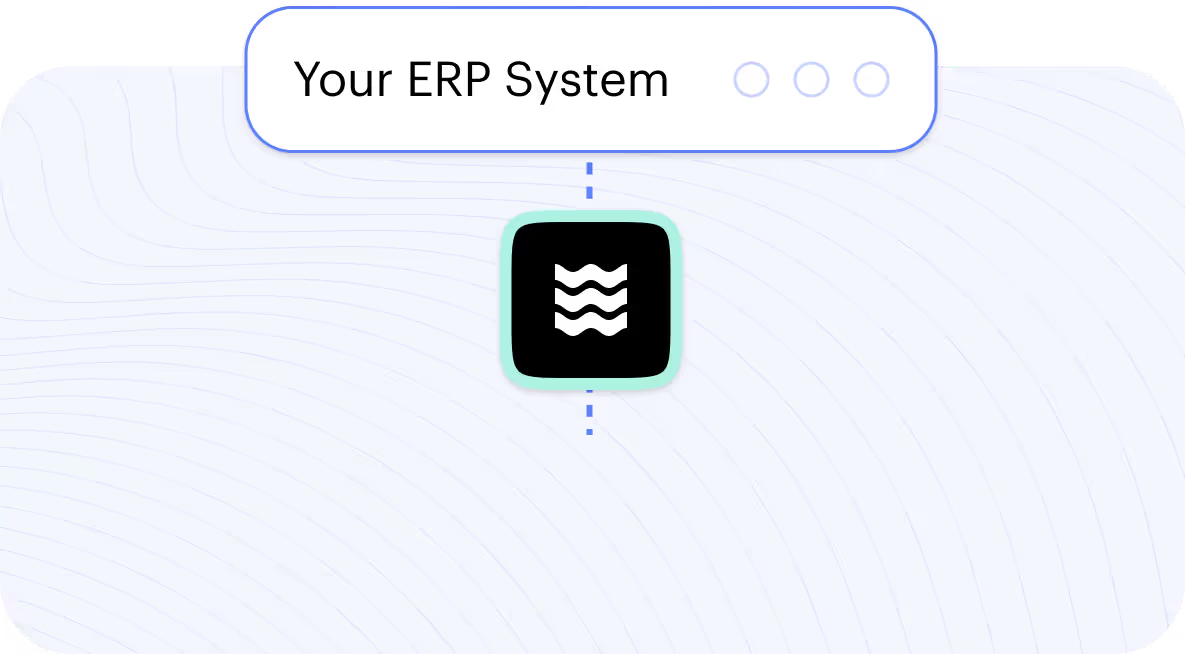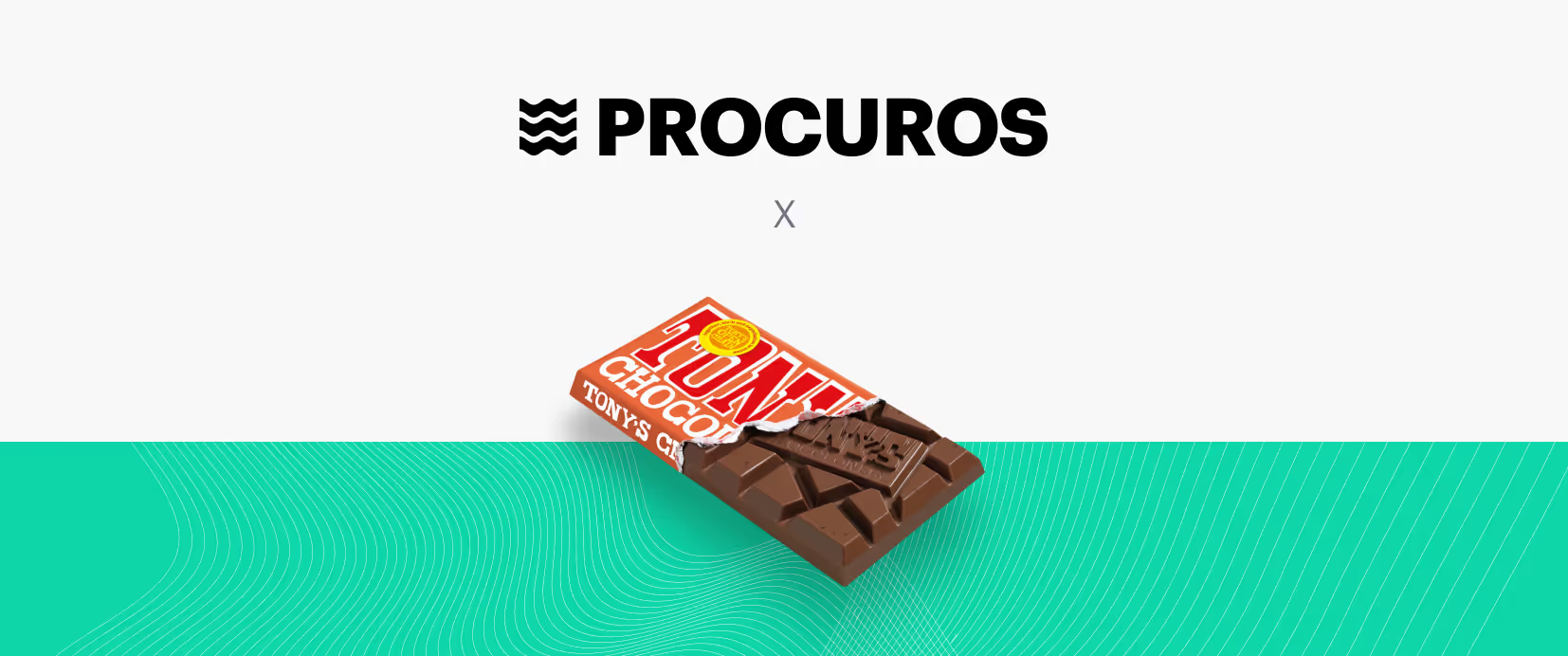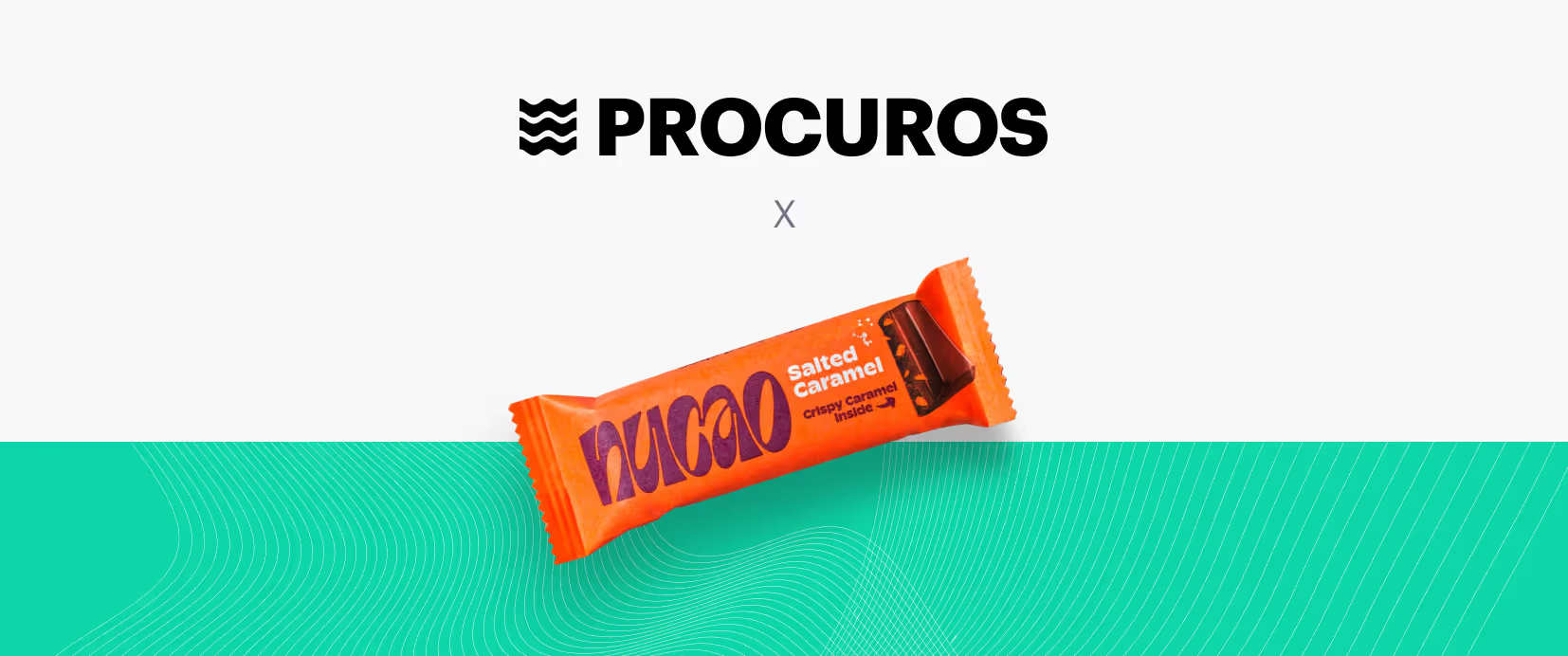EDI Connection to Edeka in hours, not months
Automate purchase orders, dispatch advices (ASNs), invoices, and acknowledgements with Edeka‑ready EDI connectivity. Over 11,200 stores across Germany serve as your sales channel, trust Edeka’s network for increased market reach.
Seamlessly automate purchase orders, shipping notices, invoices, and other documents with retailer-ready EDI connectivity—without the usual delays or manual work. Trusted by suppliers scaling across Europe’s largest retail networks.


Edeka Supported Documents:
You Send:
- Dispatch Advice (DESADV)
- Invoice (INVOIC)
- Credit Note (INVOIC)
- Order Response (ORDRSP)
- Dispatch Advice (DESADV)
- Invoice (INVOIC)
You receive:
- Purchase Order (ORDERS)
- Remittance Advice (REMADV)
- Sales Report (SLSRPT)
- Purchase Order (ORDERS)
- Remittance Advice (REMADV)
- Receipt Advice (RECADV)
Unique Document Requirements:
- Mandates compliance with EDIFACT standard retailer-specific segment and qualifier usage
- Requires GS1-compliant identifiers: GTIN, GLN, SSCC
- Document requirements may vary across regions, subsidiaries, or fulfillment models (e.g., warehouse vs direct-to-store)
- Based on UN/EDIFACT (EANCOM) with retailer-specific segment and qualifier usage
- Requires GS1-compliant identifiers: GTIN, GLN, SSCC
- Document mappings may vary across regions, subsidiaries, or fulfillment models (e.g., warehouse vs direct-to-store)
Integration Challenges
Edeka presents several integration challenges: deep semantic validation on invoices covering discounts, early-payment terms, product display resolution, and discount qualifiers; strict GS1 requirements where valid GS1 values (GLN, GTIN, SSCC) are mandatory for customer and article master data with strict checksum validation; complex discount structure with EDEKA-specific discounts (Skonto: EAB, Partner Portal: ADR, EZHG Rabatt: TD) that must follow specific stacking rules with proper qualifiers; deposit fee handling where Pfand must appear as separate line items on both orders and invoices; consumer unit resolution requiring invoices to always display the consumer unit, even when stock keeping unit is the ordered unit; mandatory field completeness with full NAD segment data required or missing fields trigger automatic rejection; mandated manual validation for each document from the Edeka team, typically taking 4–6 weeks; and centralized or regional invoicing based on your contract requiring different connections.
Retailers often require custom EDIFACT mappings that include non-standard use of segments, making integration more complex. Accuracy in GLN and GTIN values is critical—any mistakes can lead to document rejections or even blocked goods. Additionally, elements like discount structures, deposit fees (Pfand), and unit-level details such as consumer units must follow strict formatting and logic rules. Depending on the sales channel or fulfillment center, you may also encounter multiple regional formats or different clearinghouses. Without automation or expert guidance, long test cycles and manual validations can significantly delay your go-live timeline.
Technical Complexity
Integrating with Edeka involves a demanding setup with strict format and data validation requirements:
Mandates a direct technical connection using legacy X400 or AS2 protocol
Requires compliance with EDEKA mandated EDIFACT standard with multiple mandatory segments and cross-document references
Different (test) systems for orders, shipping notices, and invoices depending on region
Complex Mapping Logic
Mandatory qualifiers and cross-document references must be applied correctly.
Protocol Configuration
AS2, SFTP, or VAN setup often involves certificates and troubleshooting connectivity.
Strict GS1 Validation
All identifiers—items, parties, and logistics—must pass checksum enforcement.
Common Onboarding Failures
A number of common issues can lead to invoice rejections or processing delays when working with Edeka:
- INVOIC missing qualifiers or incorrect discount logic leads to rejection
- Incorrect protocol setup (e.g. X.400 config issues)
- Missing/Invalid GLNs: Documents with incorrect location numbers automatically rejected
- Missing or incorrect mandatory information (e.g., address info, VAT information, order numbers) leading to rejections and delays
- Incorrect Discount Order: Improper discount stacking sequence causes processing errors
- Missing consumer unit resolution on the invoice leads to immediate rejection and delays in payment
- Missing mandatory fields (e.g., address info, order numbers) leading to auto-rejection
- Incorrect invoice matching logic (e.g., mismatch with order or shipping advice)
- Security certificate mismatches or expired AS2 credentials
- Mixed product batches or missing SSCCs in dispatch advices
- Inconsistent barcode labeling or non-conforming formats in product catalog data
Industry Timeline & Failure Rates
EDI integrations typically require months; Edeka specific requirements drive higher error rates without expert integration tools and knowledge. Manual document review during onboarding requires buffer time for feedback cycles.
The Procuros Way
Procuros simplifies the way you connect with Edeka compared to traditional EDI solutions:
How to connect with Edeka in 3 simple steps
Get started with Edeka integration in just a few days
1. Connect to Procuros
Connect your system to Procuros using native connectors. Configure the data exchange (JSON, XML, CSV), request Edeka as a trade partner, and ensure all Edeka-specific fields are mapped correctly from your ERP.
2. Test your connection
Start exchanging test documents. Receive orders from Edeka, send back invoices and shipping notices via Procuros. All messages go through automated compliance checks based on GS1 and Edeka validation rules.
3. Go live
You’re ready to go live. After Edeka’s confirmation, you start trading in production. Procuros ensures continuous monitoring and troubleshooting, so everything runs smoothly.
Quantified Benefits for Edeka Suppliers:
Reduce Integration Costs by 85%
Traditional EDI requires custom projects and unpredictable costs. Procuros enables integration with minimal setup and transparent pricing.
Access All Regional Markets
Connect to all Edeka companies simultaneously instead of managing separate implementations.
Guarantee Continuous Compliance
Automatic updates handle Edeka's continuous optimization requirements without additional costs or downtime.
Minimize Rejections
Procuros catches errors before your message is sent to Edeka. This allows you to immediately fix any errors and avoid rejections, penalties and delays.
Frequently Asked Questions
How long to certify with Edeka?
Traditional timeline: >4 months. With Procuros: go-live in as little as 48 hours, including regional variation testing.
Which document types are required?
Dispatch Advice, Invoice, Credit Note, Purchase Order, Remittance Advice, Sales Report
What formats and protocols does Edeka use?
EDIFACT via X.400 (Deutsche Telekom) or AS2 protocol
What GS1 data is required?
GLN for parties, GTIN for items, SSCC for logistics; all must be checksum valid.
How complex is regional dispatch advice?
Procuros maps all formats upfront—suppliers avoid manual adaptation.
What happens on spec changes?
Procuros maintains live updates for qualifier and format changes. Integration remains stable.
Who supports error handling?
Our team monitors message flow, flags qualifier or regional compliance errors, and resolves issues within hours.
Is it suitable for small suppliers?
Yes. Even low-volume suppliers benefit from automated GS1 checks, qualifier logic, and support at a low cost.
Which formats does Edeka support?
Most retailers require UN/EDIFACT (EANCOM). XML or WebEDI may be used in low-volume cases or through middleware.
What GS1 identifiers are required?
GLN (business locations), GTIN (products), and SSCC (logistics units)—all must pass checksum validation.
Which protocols are used?
Common options include AS2, SFTP, or legacy X.400 via VANs. Procuros configures all channels.
How complex is regional dispatch advice?
Procuros maps all formats upfront—suppliers avoid manual adaptation.
What happens if Edeka updates their requirements?
Procuros auto-updates mapping logic and segment rules to avoid disruptions.
How are document or delivery errors handled?
Our team monitors message flow, flags issues (e.g., GLN mismatch or missing qualifiers), and resolves them in hours—not days.
Can small or seasonal suppliers use this?
Yes. Whether you’re sending 5 or 5,000 documents, Procuros adapts to your volume and ERP capabilities.
What do I need to get started?
Submit your GLN and ERP interface details—our team guides you through every step to go live quickly and painlessly.


